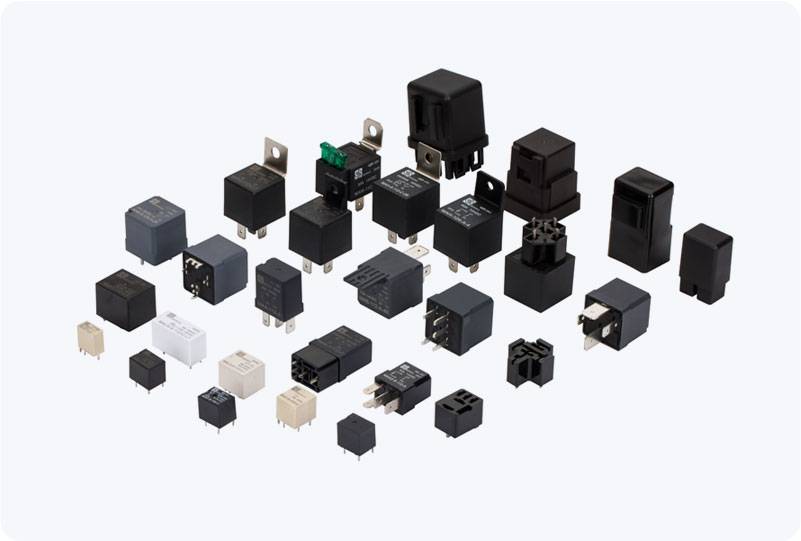High current car relays play a pivotal role in modern automotive electrical systems, ensuring the efficient and safe operation of high-power devices in vehicles. These relays are integral to the smooth functioning of everything from lighting systems to motors, protecting delicate components from overloading while providing reliable power distribution. In this article, we will delve into the workings, applications, and benefits of high current car relays and why they are essential for any vehicle.

What is a High Current Car Relay? A high current car relay is an electromechanical switch that allows a low-power circuit to control a high-power electrical device without directly connecting the high current to the controlling switch. Typically operating on a 12V DC automotive electrical system, these relays can handle significant currents—often up to 100A or more—making them crucial for powering large electrical accessories in a car. The basic structure of a relay consists of a coil, a set of contacts, and a spring mechanism. When the coil is energized, it creates a magnetic field that causes the contacts to either open or close, depending on the relay’s design. This allows current to flow to the connected device, such as headlights, cooling fans, or an electric winch, without overloading the vehicle’s switches or wiring.